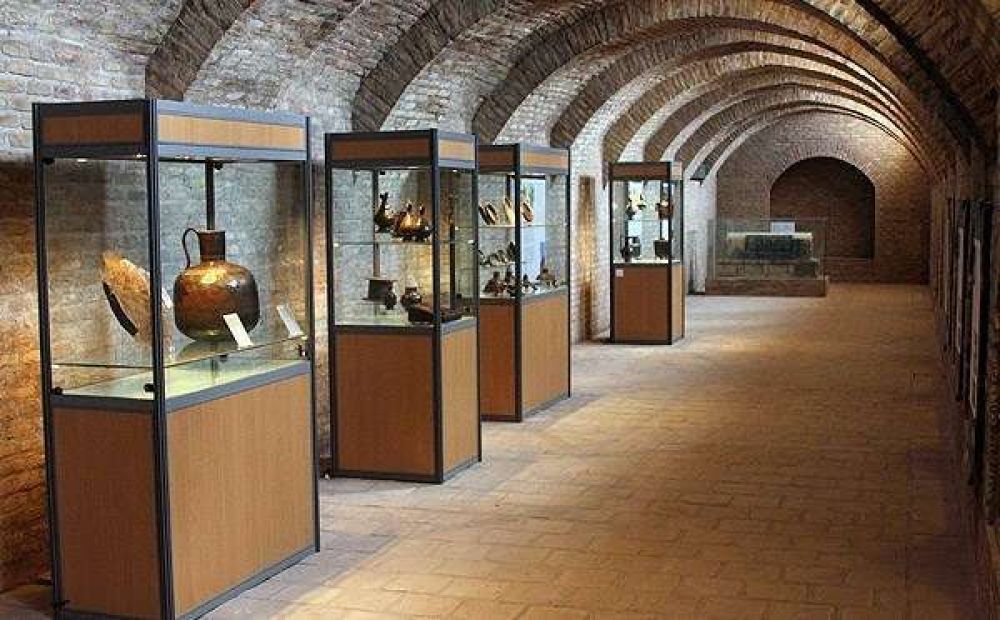

The province of Herat, located in western Afghanistan, has long been a crossroads of various civilizations, which has contributed to its rich historical heritage. The Herat National Museum, also known as the Herat Museum, stands as a testament to the region's diverse cultural and historical artifacts. It houses a collection that spans thousands of years, showcasing the many cultures that have left their imprint on the region.
Tourism in Herat, and to the Herat National Museum in particular, has historically been an important component of the area’s cultural exchange and economy. However, the tumultuous events in the country's history, including conflicts and political instability, have severely impacted the tourism industry. Despite these challenges, the Herat National Museum remains a pillar of Afghanistan's cultural preservation.
Prior to the conflicts, Herat's rich history attracted tourists from around the world. The museum, established in the early 20th century and located in the historic part of Herat city, was once a vibrant hub for travelers interested in the Silk Road history and Islamic art. Tourists could explore exhibits featuring pre-Islamic artifacts, Islamic art, traditional textiles, and coins, giving them an invaluable insight into the history of the region.
More recently, the security situation in Afghanistan has led to a decline in international tourism. Subsequently, tourism to the Herat National Museum has become less frequent, targeted mainly towards local visitors and a limited number of international researchers and archaeologists. Despite these challenges, the museum continues its mission of preserving and showcasing the heritage of Herat for future generations.
The current focus of tourism to the Herat National Museum is on conservation and education. Efforts are being made to protect and restore the exhibits, as well as to document the collections digitally for global accessibility. This also aims to encourage virtual tourism — a trend accelerated by the global COVID-19 pandemic, which restricts physical travel.
There's hope that with the eventual stabilization of the region, and the growing global interest in digital and virtual tourism experiences, the Herat Nationalnow be able Museum will regain its stature as a key destination for cultural tourism in Afghanistan. The museum has a significant role to play in educating visitors about the history of Herat and the wider region, as well as showcasing Afghanistan's rich cultural heritage to the world.
The Herat National Museum demonstrates the resilience and richness of Herat’s cultural heritage in the face of adversity. While the tourism industry in Afghanistan faces many challenges, the historical significance and potential of places like the Herat National Museum ensure that they remain important destinations for those interested in the country's rich tapestry of history and culture.